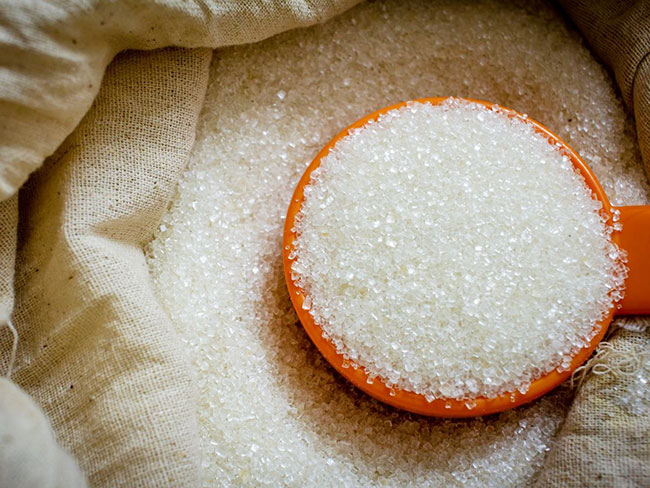Description
Canola oil benefits
More healthy fats than any other common cooking oil
Canola oil is rich in good fats and can help reduce the risk of heart disease when used instead of saturated fats by reducing LDL cholesterol in the blood.
Canola oil has:
- Just 7% saturated fat – the least of the common culinary oils
- No trans fat
- The most plant-based omega-3 fat of any common cooking oil
- High levels of monounsaturated omega-9 fat (oleic acid)
- Source of omega-6 fat
Research-backed health benefits
A growing body of scientific research suggests canola oil can have positive effects on several chronic health problems, including heart disease, diabetes and metabolic syndrome.*
Among the research findings:
- “Bad” (LDL) cholesterol in the blood dropped an average of 16.2% when study volunteers consumed canola oil instead of a high saturated fat diet for 2.5-13 weeks.
- A low glycemic-load diet with canola oil helped improve both blood cholesterol and blood glucose control in Type 2 diabetes patients.
- Abdominal fat mass, as well as blood pressure, significantly decreased in subjects at risk of metabolic syndrome who consumed canola and high oleic canola oil.
Many health organizations have recognized canola oil as a heart-smart oil. The U.S. Food and Drug Administration has authorized a qualified health claim for canola oil, based on its potential to reduce the risk of heart disease when used in place of saturated fat.** A qualified health claim is also authorized by FDA for high oleic canola oil based on its high monounsaturated fat content.*** In Canada, canola oil qualifies for a health claim related to replacing saturated fat with unsaturated fat and blood cholesterol lowering.****
Culinary qualities of canola oil
Versatile and Healthy
Canola oil is a great match for almost any type of cooking. The neutral taste and light texture let other ingredients shine through. Canola oil remains free-flowing in the refrigerator so it’s perfect for salad dressings. And in baked goods, canola oil gives a soft, moist texture with little saturated fat. It’s equally at home in a stir-fry or a delicate cupcake.
Canola oil smoke point

Regular canola oil can be heated to 242°C / 468°F without smoking or developing significant trans fatty acids, making it ideal for ideal for sautéing and deep frying. High-oleic canola oil is even more stable, with a smoke point of 246°C/ 475°F – higher than almost all other food oils, including peanut oil.
High-oleic canola oil
Ready to replace trans fats in commercial kitchens
As food makers move away from away from trans fats, high-oleic canola oil is the proven, market-ready alternative. This naturally stable oil needs no hydrogenation or modification to extend shelf life. With a higher smoke point, light taste and virtually odorless, it’s a great choice for deep frying and cooking in confined environments.
For decades, large-scale food producers around the world have substituted canola oil for other fats with delicious results. Now high-oleic canola oil adds a new dimension to canola’s many other advantages for the food industry.
Canola oil is processed similarly to other seed oils. After thorough cleaning, canola seed is crushed to extract the oil. The seed may be “cold-pressed,” but in most cases, the seed is heated and flaked to allow more oil to be released. Oil is not water-soluble, so an approved solvent called hexane can be used to remove more of the oil from the seed solids. The hexane is used under carefully controlled conditions, and is recycled and reused. It does not stay in the oil or the solids.
Following extraction, the oil can be further refined to produce a shelf-stable, clear and neutral-tasting oil. Color pigments can be removed by a filter containing natural clay (a process sometimes describing as “bleaching,” although no bleach is involved). Great care is taken to ensure the finished product is of high quality. Canola oil processed in this way can be stored at room temperature for about one year.
After the oil has been extracted, the solid parts of canola seed are processed into canola meal. This protein-packed product is used in animal feed.
Canola oil comes from the seeds of the canola plant, one of the most widely grown crops in Canada. Canola plants produce beautiful small yellow flowers which develop into pods, resembling pea pods. Each pod contains tiny black seeds, made up of about 45% oil. Once harvested, canola seeds are crushed to release the oil contained within the seed. The oil is then further refined and bottled as canola oil.








Reviews
There are no reviews yet.